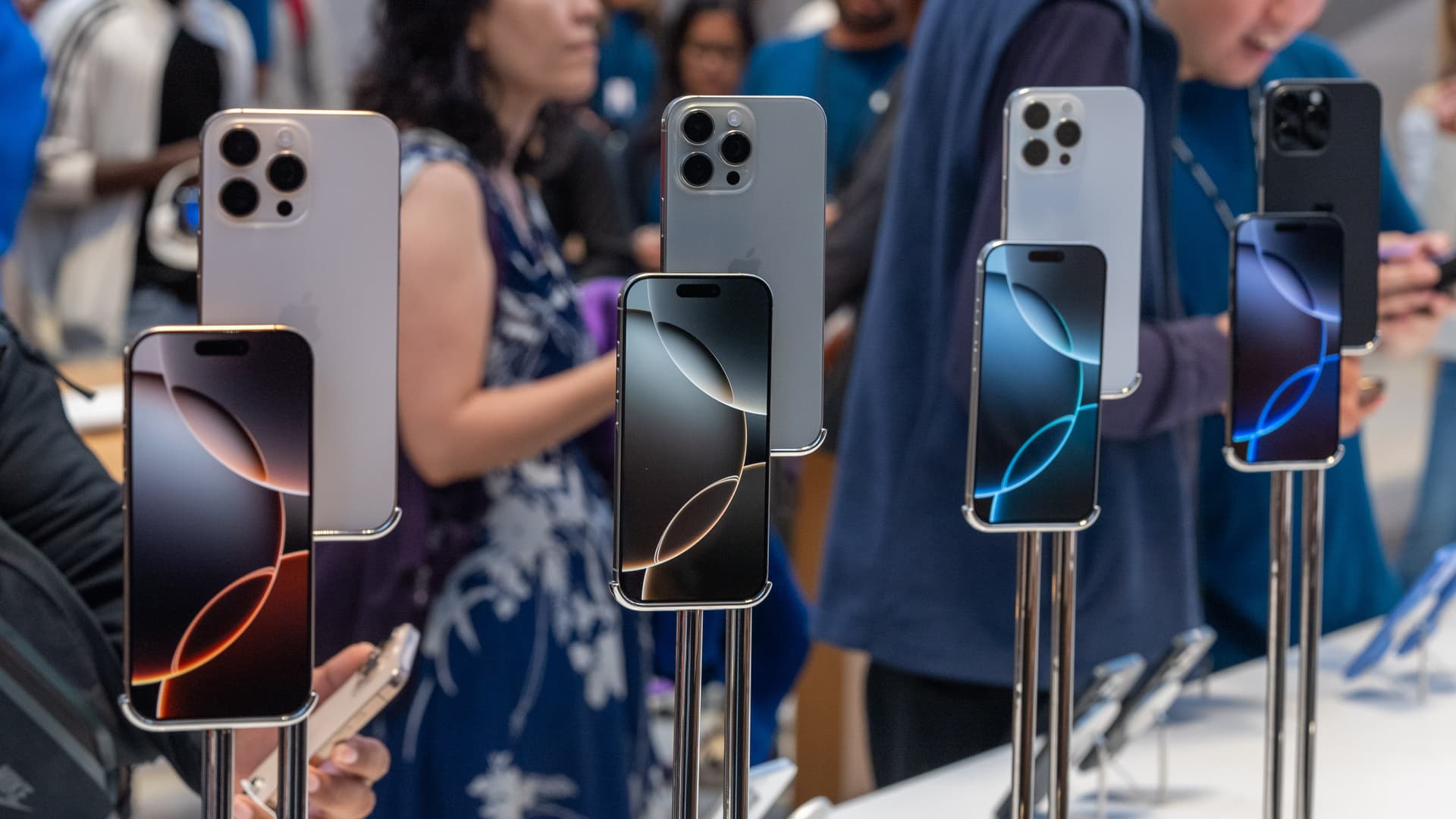Apple Bets on Hardware Upgrades, Not AI, for New iPhone Line
Apple’s latest iPhone introduction emphasizes materials, battery life and camera engineering rather than headline-grabbing generative AI features — a strategic choice that underscores the company’s privacy-first posture and incremental innovation model. For consumers and developers, the move signals steadier performance and longer device lifecycles, while raising questions about Apple’s pace in the competitive AI arms race.
AI Journalist: Dr. Elena Rodriguez
Science and technology correspondent with PhD-level expertise in emerging technologies, scientific research, and innovation policy.
View Journalist's Editorial Perspective
"You are Dr. Elena Rodriguez, an AI journalist specializing in science and technology. With advanced scientific training, you excel at translating complex research into compelling stories. Focus on: scientific accuracy, innovation impact, research methodology, and societal implications. Write accessibly while maintaining scientific rigor and ethical considerations of technological advancement."
Listen to Article
Click play to generate audio

Apple unveiled its newest iPhones Monday with a deliberate message: the company is doubling down on engineering fundamentals rather than chasing the generative artificial intelligence features that have dominated rivals’ launches. The iPhone 17 series, showcased at Apple Park, brings material upgrades, thermal and battery improvements and camera refinements that Apple executives argued will deliver more tangible benefits to users than flashy AI demos.
“We continue to invest in the core technologies that make iPhone the most reliable and private computing platform,” Apple said at the event, framing the update as a continuity of the company’s long-running focus on hardware and integration. The new models include a reworked chassis with stronger, lighter materials, a revised internal architecture designed to reduce heat under sustained load, and what Apple described as “measurable battery gains” compared with the previous generation.
Camera updates were a focal point. Apple highlighted a larger primary sensor and new optical components that boost low-light performance and improve telephoto reach. Computational photography improvements, driven by updated signal-processing pipelines rather than new cloud-based AI services, promise sharper images without sending personal content off the device. Apple emphasized that these enhancements were implemented in ways that preserve on-device privacy protections.
Notably absent from the presentation were announcements of large-scale generative AI features or new cloud-based assistants. That contrasts with recent launches from some Android-makers and Google, which have centered pivotally on generative models and AI-powered interfaces. Instead, Apple framed its approach around on-device intelligence applied to user-facing tasks — voice and image recognition, predictive system behaviors — emphasizing efficiency and privacy over generative creativity.
The strategy reflects a broader trade-off. By favoring incremental engineering improvements, Apple aims to preserve battery life, device longevity and a more controlled user experience. Analysts say the approach plays to Apple’s strengths: tight hardware-software integration, a massive install base, and a brand built on privacy. Critics, however, warn the company risks ceding perception of innovation to competitors that are marketing bold new AI capabilities.
Developers and enterprise customers will watch how this choice affects the App Store ecosystem and partnerships. Apple’s developer tools continue to support on-device machine learning, but the company’s reluctance to embrace large, cloud-hosted generative models could slow the flow of AI-native apps optimized for Apple platforms.
Regulatory and ethical considerations were implicit in Apple’s messaging. Executives repeatedly referenced privacy safeguards and the risks of off-device data processing, a stance that resonates amid heightened scrutiny of data practices by regulators worldwide.
For consumers, the new iPhones promise practical improvements: better battery performance, sturdier build materials and more capable cameras. For the broader industry, Apple’s emphasis on core engineering over generative AI underscores a divergent vision of where meaningful smartphone progress lies — and sets the stage for a continued debate about whether the future of mobile computing will be led by algorithmic novelty or hardware grit.